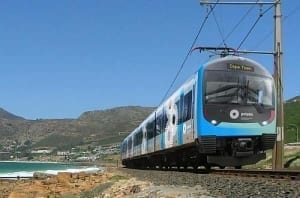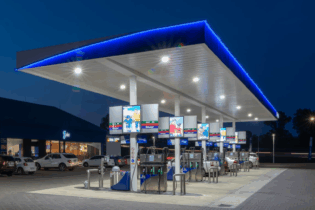The South African government is “seriously concerned” about delays and congestion at the country’s key border posts, citing inefficiencies threatening to reverse the gains in infrastructure investment, Transport Minister Sibusiso Ndebele said on Tuesday at the 2012 Freight-Intra Africa Conference, in Pretoria.
Government has budgeted and approved R845-billion for infrastructure development over the medium-term, with a significant proportion, about R262-billion of this investment being earmarked for transport infrastructure and logistics projects. Ndebele was particularly perturbed by the Beit Bridge border post between South Africa and Zimbabwe, where traffic congestion and delays were the norm. “In most cases, the delays at the borders are caused by operational inefficiencies, which result in the duplication of processes. This is a serious cost to the economies of the countries that conduct their trade through such border posts,” the Minister said. An integrated and efficient regional freight transport network was critical for economic, trade and social development of Southern African Development Community (SADC) countries. In the European Union, intraregional trade accounted for almost 80% of the trade with the rest of the world, and most of this trade is truck-borne. But, in Africa, intraregional trade accounted for only 12%. The Cabinet was, therefore, looking into establishing a mechanism that will bring all border entities under a single command and control structure to address the fragmentation in border operations. “The ultimate vision is to create one-stop border operations to facilitate legitimate trade and travel across the borders,” he added.DESIGN PROBLEM
Some of these challenges could also be pinned down to the traditional design and layout of border posts. Government research had revealed a pattern with the design of traditional border posts, showing that almost all are either flanked by a mountain or a river, and were designed to form a funnel, with narrow approaches, which channel all types of traffic to a single lane. This was a serious constraint hampering traffic circulation in and around the border posts. It also posed safety risks due to the mixed filing of traffic. The Department of Transport (DoT) was also looking into developing a mechanism to regulate truck stops at borders, with the aim of prescribing minimum safety and security standards for truck stops. This would prescribe the distance between the location of truck stops and border posts, as part of decongesting border crossings. Ndebele said his department has embarked on a project to develop traffic-flow optimisation plans through the country’s significant border crossings. “During the 2013/14 financial year, we will begin to implement the recommendations emanating from this particular study,” the Minister said. By March 2013 the DoT will also have undertaken a survey on the state of the regional infrastructure, to determine for example, the infrastructure investment needs that will help government in transport and logistics planning. The department was also concerned about the lack of coherence that existed in road transport standards in the region. “We are also embarking on a project which will contribute towards the implementation of the SADC protocol, intended to harmonise road transport standards,” Ndebele said.







